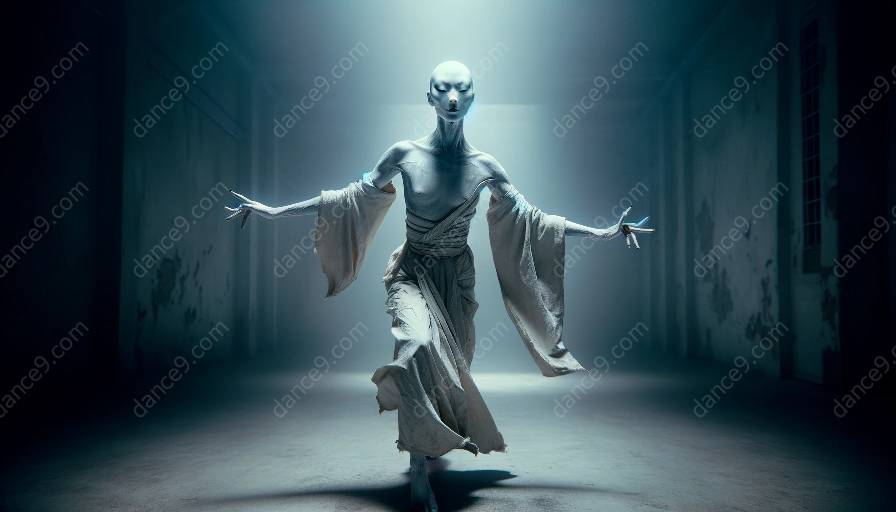Butoh is an avant-garde performance art that originated in Japan in the 1960s. It is often characterized by its slow, expressive movements, deep philosophical themes, and a unique approach to storytelling.
Known for its raw and grotesque appearance, Butoh transcends traditional dance forms and serves as an expressive narrative art form that challenges conventional norms and perceptions.
The History of Butoh
Butoh emerged as a response to the socio-political landscape of post-war Japan. It was developed by Tatsumi Hijikata and Kazuo Ohno, who sought to create a radical new form of dance that encapsulated the trauma and suffering experienced during this period.
Through its distinctive movements and intense emotional expression, Butoh became a powerful means of conveying personal and collective narratives, making it a unique art form with a deep cultural resonance.
Techniques of Butoh
Butoh techniques emphasize the use of the entire body, including facial expressions and gestures, to communicate profound and often unsettling narratives. The movements are deliberate, often slow, and encompass a wide range of emotions, from despair to ecstasy.
Butoh also places a strong emphasis on the concept of ma, or the space between movements, allowing for a sense of suspense and anticipation that heightens the emotional impact of the performance.
Cultural Significance
Butoh's cultural significance lies in its ability to challenge established notions of beauty, grace, and aesthetics, making it a thought-provoking art form that addresses universal themes such as mortality, struggle, and the human condition.
Furthermore, Butoh's influence extends beyond the realm of dance, as its narrative and performative aspects make it an enriching experience for individuals interested in alternative forms of expression and storytelling.
Butoh in Dance Classes
Given its unique narrative qualities and emphasis on emotional expression, Butoh can serve as a valuable addition to dance classes. By incorporating Butoh techniques, instructors can provide students with an opportunity to explore unconventional storytelling methods and encourage emotional authenticity in their performances.
Moreover, integrating Butoh into dance classes can broaden students' perspectives on movement, narrative, and cultural expression, offering a comprehensive approach to dance education.
Conclusion
Butoh stands as a captivating expressive narrative art form, deeply rooted in historical context and imbued with philosophical and emotional significance. Its incorporation into dance classes can enrich students' understanding of dance as a form of storytelling and foster a greater appreciation for the diverse cultural narratives manifested through movement.
By embracing Butoh, individuals can embark on a profound journey of self-expression, cultural exploration, and artistic innovation.













































































